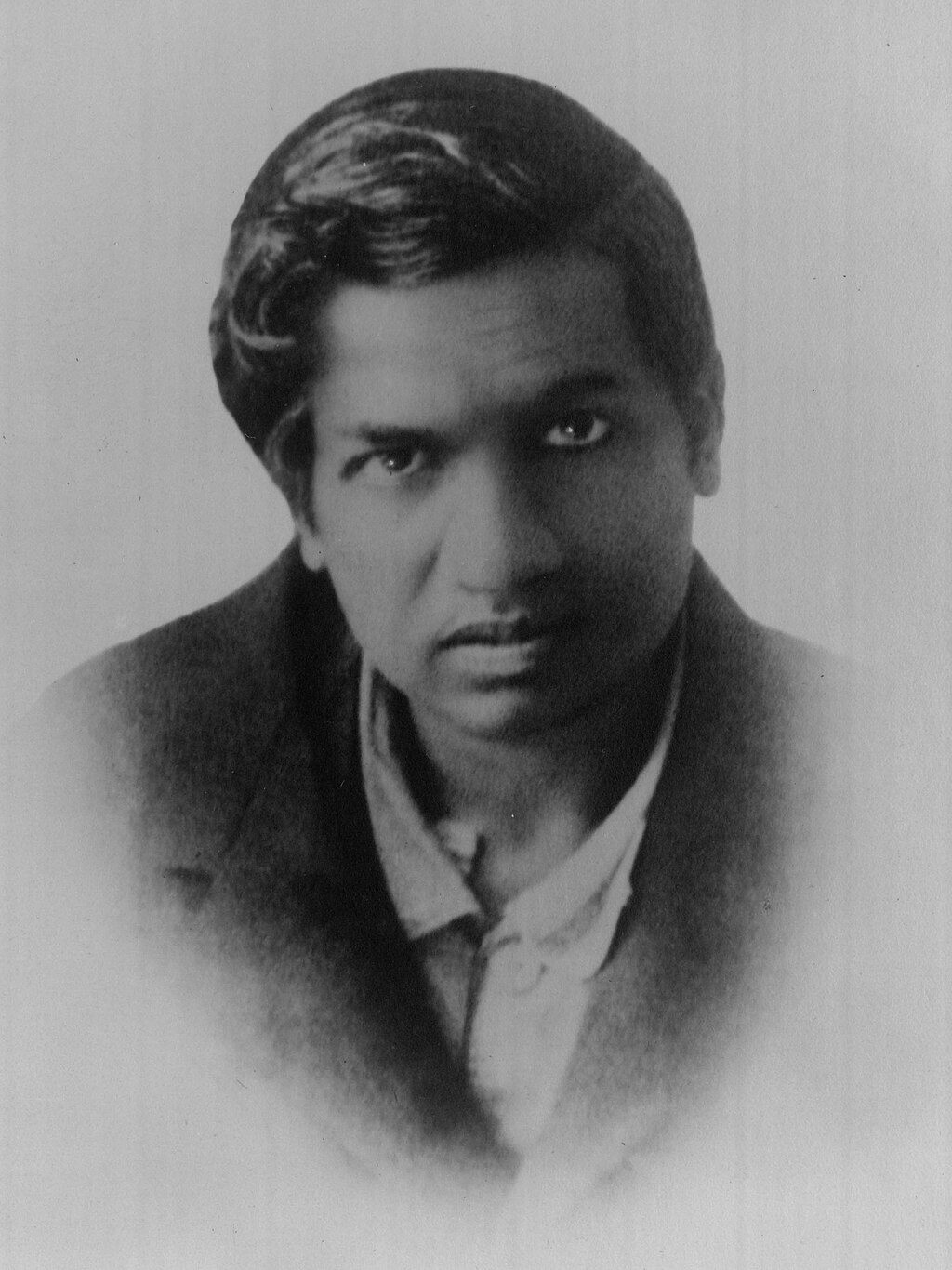As a proud McMahon, I claim relationship to all McMahons and MacMahons (good and bad). In this post, I outline a connection to the great mathematician Srinivasa Ramanujan.
Percy Alexander MacMahon and Srinivasa Ramanujan, though separated by continents and generations, shared a profound connection through their groundbreaking work in combinatorics and number theory. Their lives and contributions intersected in unexpected ways, leaving an indelible mark on the mathematical landscape.
MacMahon, a British mathematician, was a pioneer in the field of combinatorics, the study of counting and arranging objects. His work on partitions of integers, permutations, and symmetric functions laid a solid foundation for future generations of mathematicians. He was known for his meticulous and systematic approach to problem-solving.
Ramanujan, a self-taught Indian mathematician, burst onto the mathematical scene with his extraordinary intuition and ability to produce complex formulas and identities seemingly out of thin air. His work on number theory, infinite series, and elliptic functions was revolutionary, often defying conventional mathematical thinking.
Though their paths never crossed in person, MacMahon and Ramanujan were indirectly connected through their shared interest in combinatorics. Ramanujan's work on partitions of integers, for example, was closely related to MacMahon's research. In fact, Ramanujan's formulas for the number of partitions of integers were later proved and refined by MacMahon and other mathematicians.
Ramanujan's unconventional style and unorthodox methods sometimes clashed with the more traditional approach of mathematicians like MacMahon. However, MacMahon recognized Ramanujan's extraordinary talent and supported his work. He helped to bring Ramanujan to England and provided him with the resources and intellectual stimulation he needed to thrive.
The relationship between MacMahon and Ramanujan is a testament to the power of mathematical collaboration and the importance of recognizing and nurturing exceptional talent. Their work continues to inspire and influence mathematicians today, and their legacies will endure for generations to come.






No comments:
Post a Comment